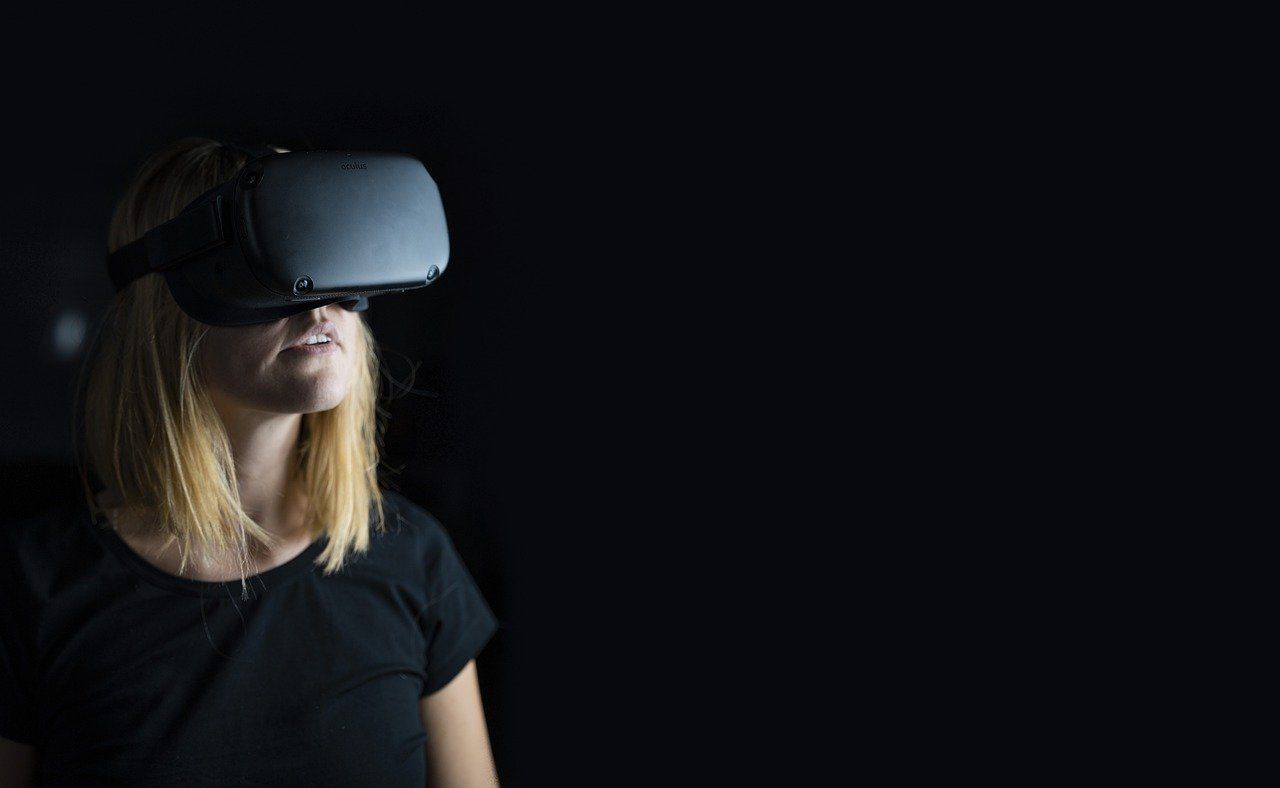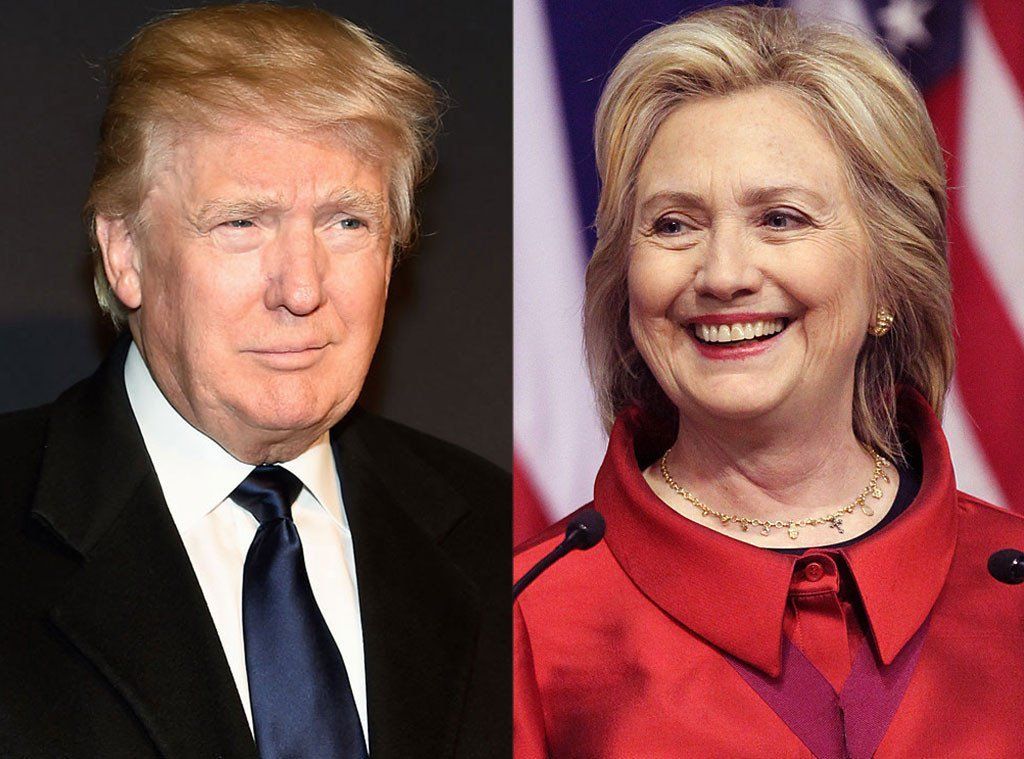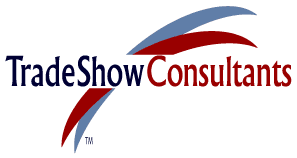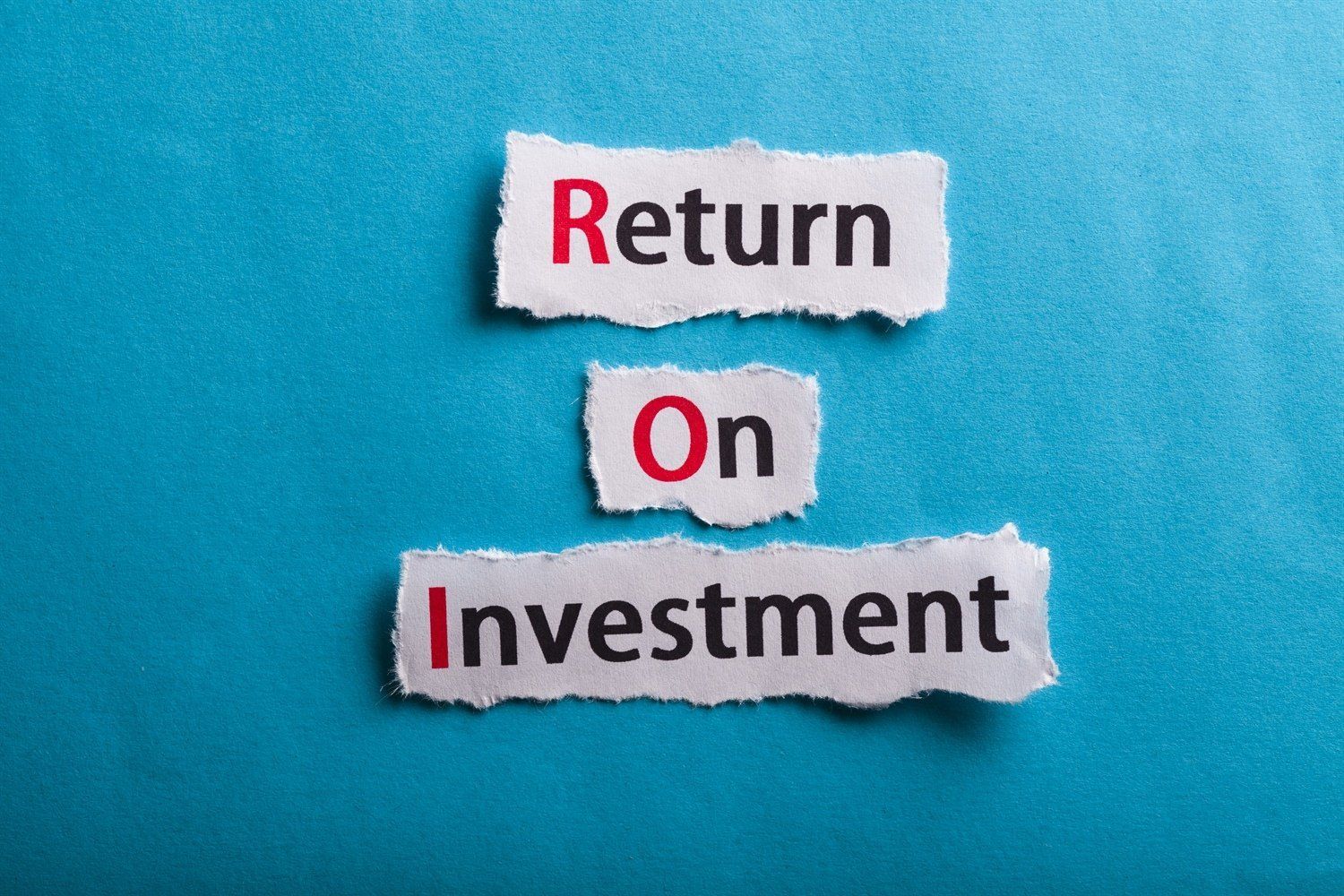From Trade Show Exhibits Vendor to Client to Consultant
My trade show exhibit experience began at an early age around the dinner table. My father, Joseph LoCascio, would come home every night with fascinating stories about designing and building displays and exhibits at various New York City exhibit houses where he worked as graphic artist.
When the projects he worked on were completed he would take the family into New York City and show us the results of his artistic handiwork, which often included IBM’s Madison Avenue window displays, Crane’s display of new bathroom/kitchen fixtures, Allied Chemical’s lobby displays, and various displays at the New York Stock Exchange and the World Trade Center. Many other exhibits of his would be on display at trade shows at the New York Coliseum, Waldorf Astoria, or the New York Hilton.
My admiration for my father’s artistic talents started when I would be invited to join him for his local freelance work on weekends. I’d help him load the car with his art supplies and then watch in amazement as he laid out and hand-lettered a bank’s new window sign in gold leaf, or a company’s name on a truck door, or a new sign for a local church.
The exhibit building business was cyclical, and there were times when work was scarce and some shop workers had to be laid off for a few weeks. Other times there was too much work, which called for hiring more people and working overtime and weekends to complete exhibits.
My chance to work with my father at Exhibit Craft, Inc. in Long Island City, came when the shop was on a full-time work schedule, including weekends, to complete multiple exhibits in time for the National Hardware Show in Chicago.
I jumped at his offer and was excited to not only be making $1.50 an hour at the age of 14, but also to get to work with my father and begin learning the exhibit building business from the ground up. My work that first weekend — and many others that followed — included cleaning silk screens and squeegees, resurfacing art tables with new paper, sweeping the floor, carefully peeling frisketed graphic panels, and mixing paints.
I knew right then and there that the exhibit business was where I wanted to spend my career. During high school and after military service I worked at Exhibit Craft, Inc. working my way up the ladder, which included Silk Screen Production, Assistant Production Manager, Shipping and Receiving Clerk, and Assistant to the Purchasing Manager.
A major career transition came when ECI won the new Olivetti Underwood account and needed an account executive to manage their multiple product exhibits for more than 40 trade shows per year. I applied, interviewed, and got the job. To my amazement, I soon found myself in planning meetings at Olivetti’s corporate headquarters at 1 Park Avenue in New York City.
At 22, I was enjoying a dream job, learning the ins and outs of being an exhibit account executive and looking to the future when, unsuspectingly, ECI was sold to IVEL, which is today a part of Exhibit Group. IVEL then moved the ECI plant to Brooklyn, New York. For me, it was unreasonable to work in and travel to Brooklyn as I still enjoyed living an almost carefree and independent lifestyle at my parents' home in Bergenfield, New Jersey, where I grew up. But if moving out for a job was a necessity, I thought moving to California might be a much better choice.
With an eye for adventure, travel, and an urge to start fresh, I sent a resume out to Stewart Sauter, an exhibit builder and show decorator in San Francisco. I was hired after a great interview. I had contracted Stewart Sauter many times in the past to set up and dismantle Olivetti Underwood’s exhibits and had established an excellent working relationship with Mr. Tony Panacci, who I would work for. My job was supervising the setup, servicing, and dismantling of all exhibits sent to Stewart Sauter from exhibit houses from throughout the country.
My tenure in San Francisco was short-lived, however, because while setting up exhibits at the Fall Joint Computer Conference at Brooks Hall, I met Mr. Del Kennedy, Advertising Manager at UNIVAC Division of Sperry Rand. He ended up offering me a job as their Corporate Trade Show Exhibits Coordinator in Bluebell, Pennsylvania.
Getting the opportunity to jump from the vendor side of the business to the client side was a dream I had developed as I watched the entire staff at Exhibit Craft organize and clean up the shop in preparation for one of its client’s visits. One day I said to myself, “Someday I want to be the client."
UNIVAC built and sold computers. Their trade show exhibit philosophy was to use live theatrical presentations, developed by the highly talented Hardman and Associates from Pittsburgh, PA, to show just what computers could do. Karl Hardman and Marilyn Eastman, creators of the cult film “Night of the Living Dead," developed scripts, scenery, and AV materials, and hired and trained actors and a complete professional production crew to effectively present UNIVAC’s computer presentations. We staged the presentations on an hourly schedule in a theater with seating for about 60 visitors. When the presentation ended, the doors would open and visitors would walk through a display area where salespeople, managers and technical support professionals made personal product presentations, answered questions, and filled out sales lead forms for additional information or sales calls.
UNIVAC’s marketing experts understood early on that in reality a computer was just a machine and that it was the power of its various software applications that made the most sense to booth visitors. In the often cacophonous trade show exhibit environment, getting attention and making prospects and customers comfortable while sharing complicated and often esoteric information required total control of the exhibit environment.
A year later I accepted a job with Memorex (which stood for Memory and Excellence) in Santa Clara, California, as their Corporate Manager of Trade Shows and Exhibits. This included supporting their Video Tape, Computer Media, Office Products, and Computer Peripheral business units. Soon after arriving, Memorex decided to launch new audiotape products and I began working on their introduction at The Consumer Electronics Show in Chicago.
The marketing strategy for this important first trade show exhibit was to facilitate a dynamic live demonstration presenting the audible differences between new Memorex cassettes and what was then on the market. We needed to show prospects how Memorex cassettes would outperform recorded music when compared to reel-to-reel 3M and BASF audiotape, which at the time dominated the worldwide audiotape market.
We created the exhibit as a theater with seating for about 50 prospects. We equipped it with a state-of-the-art sound system, including high-quality cassette and reel-to-reel tape players and excellent full-range speakers with Dolby sound. The advertising campaign, “Is it Live or is it Memorex?” created by the Leo Burnett Advertising agency in Chicago, was prominently displayed along with supporting literature and sample cassettes. The presentation was very successful and Memorex went on to become a dominant force in the consumer electronics industry.
I was then offered a position as Vice President of Sales for Bill McCann’s Exhibit Design, Inc. located in Palo Alto, California. I viewed the opportunity as a means to perhaps own a piece of my own business. We were successfully pioneering the exhibit leasing segment of the industry until Mr. McCann fell dangerously ill after only 6 months. The business had to be suspended until he fully recovered, years later.
I moved south to Irvine, California, and began selling exhibits for Design Enterprises, Inc., an excellent small exhibit house based in Anaheim that did most of the excellent display work on the new Queen Mary docked in Long Beach. I enjoyed selling and servicing clients, but when the opportunity arose for me to again wear the hat of a client; I jumped at the chance to apply for a Trade Show Manager’s position at the corporate offices of Beckman Instruments in Fullerton, California.
Beckman Instruments, a world leader in the manufacturing of highly sophisticated analytical instruments for medical clinics, biomedical research, and industrial applications, was dedicated and committed to fully utilizing trade show exhibits to effectively further the sales and marketing of products.
Two major factors prevailed in Beckman’s commitment to maximize their trade show exhibits investments. First, it was difficult to go deep into various highly secure medical research facilities to meet face to face with prospective customers. And by design, such customers remained somewhat aloof and averse to meeting sales people. These important people would attend major medical research conventions to give papers, attend seminars and workshops, and walk the exhibit floor aisles to see what was new from industry that might help them solve their research challenges.
I moved south to Irvine, California, and began selling exhibits for Design Enterprises, Inc., an excellent small exhibit house based in Anaheim that did most of the excellent display work on the new Queen Mary docked in Long Beach. I enjoyed selling and servicing clients, but when the opportunity arose for me to again wear the hat of a client; I jumped at the chance to apply for a Trade Show Manager’s position at the corporate offices of Beckman Instruments in Fullerton, California.
The second factor pertained to the size, fragility, and complexity of Beckman’s scientific, industrial, and biomedical instruments. They simply could not be easily transported, calibrated, set-up and utilized to make effective field sales calls.
The trade show exhibit environment provided Beckman’s field service engineers with the ability to install and calibrate completely functional analytical instruments, which in turn gave the sales team on booth duty the ability to effectively demonstrate to prospects exactly how an instrument performed. This added credibility to the sales presentation and in many cases advanced the purchasing cycle farther down the road in a much shorter amount of time and at less expense.
Beckman’s management team demanded accountability from every dollar invested in their trade show exhibits, and it was my charter to either earn their respect or watch the function lose support and eventually all but disappear from their marketing/sales budget — with me along with it.
Years later I found myself being offered a position as Vice President of Marketing and Sales with OrCAD Systems, a boot-strapped startup in the CAE software business in Hillsboro, Oregon. I took the job and used my years of trade show exhibiting experience to help the company succeed.
At OrCAD we used trade shows to initially do product feature and pricing research and to set up a network of distributors to stock and re-sell product both domestically and internationally. Trade show exhibits provided me with the opportunity to stand in our booth for three days and ask questions, float new marketing and sales ideas, and present and sell products to a wide range of prospects. Our field sales and support representatives were trained, supported, and motivated by watching our corporate experts work the booth and answer prospects' questions while solving customers' problems.
After OrCAD was sold, went public and eventually swallowed up by a major competitor, I created www.tradeshowconsultants.com to share my experiences and to help my clients maximize their trade show exhibit programs and ultimately enjoy being on the client side of the exhibit business. Peter LoCascio now works with worldwide exhibitors who are committed to maximizing their trade show effectiveness and bridging the gap between trade shows and sales.













